Probability theory is a well-established branch of mathematics that finds applications in a wide area of scholarly activities such as in physics, chemistry, biology, geology, medicine, economics, sociology, engineering, operation research, etc. and in daily experiences ranging from weather forecast to predicting the risks of new medical treatments.
The book covers a comprehensive course in probability for the students of economics, statistics and the physical sciences. It presents a thorough treatment of probability ideas and techniques necessary for a firm understanding of the subject and has been designed in such a way that a previous acquaintance with mathematics and statistics is not necessary.
For the students of non-mathematical background, all the mathematical tools such as permutation, combination, set theory, factorial, etc, required for the study of probability have been comprehensively discussed in the first chapter of the book. In the second chapter, various definitions of probability have been provided. The third chapter deals with the theorems of probability. Finally, fourth and fifth chapters provide discussions on probability distributions and probability densities respectively. Each chapter begins with an introductory statement and important theorems and rules are set out from the text using italic fonts for easy revision by the students.
There are a number of solved exercises in the text for developing among the students, a sound understanding of the subject. At the end of each chapter, a large number of problems have been provided under the heading Test Yourself to improve the understanding of basic concepts of probability. The solved examples as well as practice problems have been taken from the papers set by various universities in previous years as well as those of competitive examinations.
The book will useful for students and teachers of various disciplines including physical sciences, engineering, geology, statistics, economics and sociology.

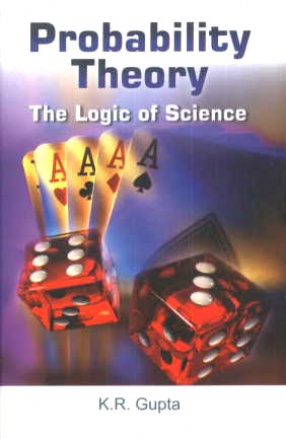
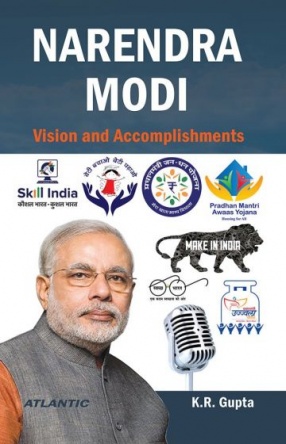
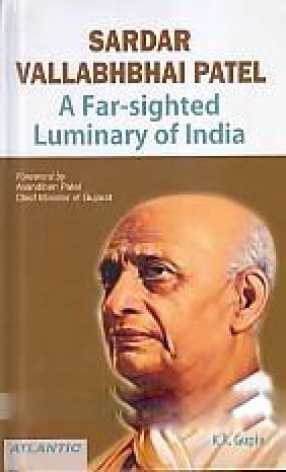
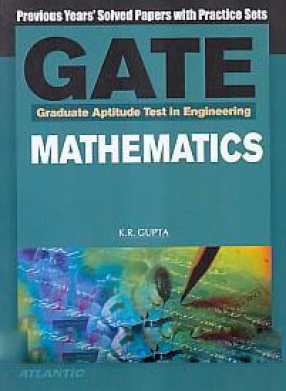

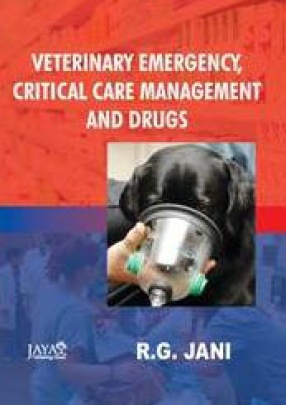
There are no reviews yet.